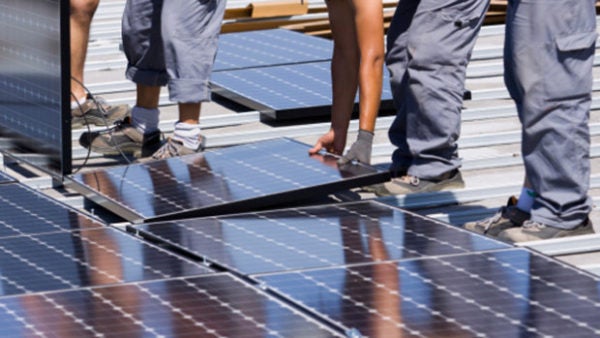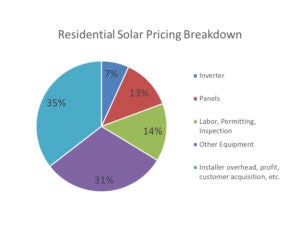What the tariff decision means for solar and for you


The U.S. government has decided to impose a 30% tariff on solar panels manufactured outside of the country. While it is too early to assess the full impact of the tariff, we are confident that homeowners who want to go solar will still be able to do so.
Solar panels are only one part of the cost of going solar. Other costs include system components besides the panels, such as racking and inverters, and non-equipment costs such as labor and permits. The tariff will not raise these costs. We estimate the 30% tariff will add about 10-15 cents per watt, or about 6% of a system’s total cost. For a typical 7 kilowatt system, the increased cost of panels adds about $1,050 to the total system cost. Minus the 30% federal tax credit, and that additional cost lowers to $735.
The biggest threats to our ability to go solar have been, and will remain, at the state level. Utilities across the country are working to roll back net metering policies. Net metering ensures solar customers are fairly compensated for the electricity our systems generate. We’ll continue to monitor attacks on solar at all levels of government to ensure your right to go solar is protected.
